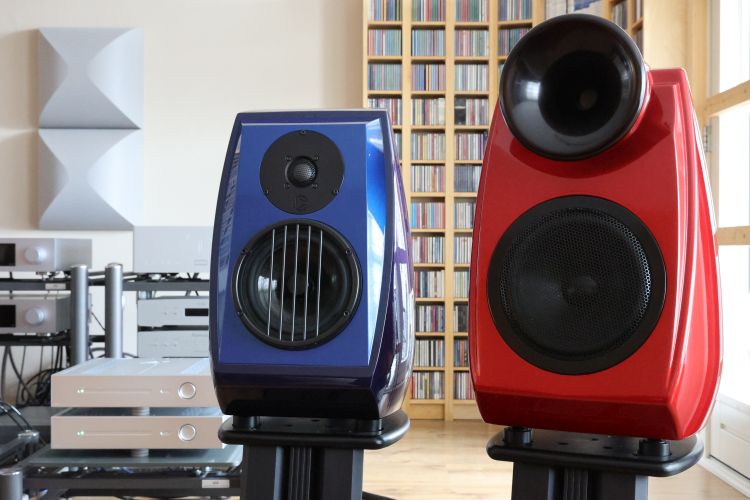
Aletheia III
In the pursuit of perfection, (where cost is not the primary consideration) Seawave Acoustic initially produced the no-holds-barred Reference and Plotinus speakers. To broaden the appeal of the brand, making it more accessible to all, the company set about applying the design principles of these iconic speakers to a more compact and affordable concept. The aim was to produce a stand-mounted speaker of great transparency, capable of expressing for those with limited space and budget the subtlety of its older, more expensive siblings and the result is the Aletheia III.
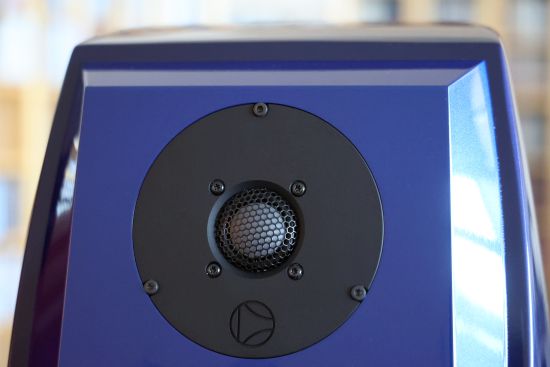
Like with all Seawave Acoustic loudspeakers, the Aletheia III cabinet is formed through an AC4C alloy unicasting process which yields a thick and heavy enclosure that is naturally free from resonance. And sure enough, tapping it with your knuckles will give you sore knuckles and nothing else. The Aletheia is a 2-way design made with very fast-responding drive units. The woofer is a modified 170mm Eton Hexacone while the tweeter is a 28mm Esotar. The units are connected to a very special crossover mounted on transparent acrylic, designed and built by Seawave Acoustic.
Just like its larger sibling, the Aletheias are packed with proprietary component technology – nickel core inductors, proprietary resistors, Non-Soldering Technology (NST) for literally all connections from Litz-wire to the components in the crossover, and High Dampening Metal Technology (HDMT).
The Aletheia III has a medium sensitivity of 89dB but combined with an impedance of 8 Ohms, they should be relatively easy to drive by any competent amplifier. Despite their small size, the Aletheias go down to 35Hz (+/- deviation not specified) which is quite amazing given their small enclosures.
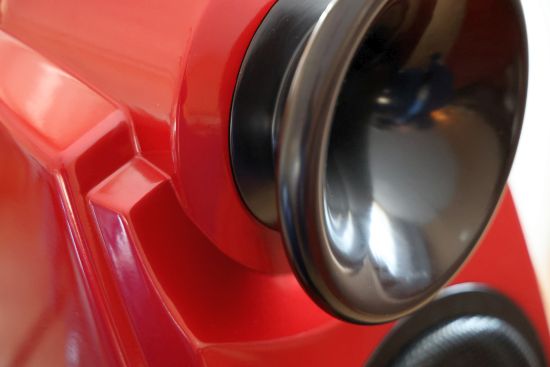
AM23
The AM23 cabinet features a much more complex structure than that of the Aletheia, which created many fresh challenges in the production of its moldings. However, the new cabinet form has further enhanced the vibration-dampening characteristics of the alloy and produced an even more inert structure. The horn, also made of AC4C alloy, has also benefited from this process, since it is now threaded into place to produce a tightly-fitting bond, eliminating any risk of resonance. The woofer is covered by a seamless metal grille which eliminates the need for a fabric one.
The AM23 can be considered a 2-way design with the addition of a Berrylium super-tweeter that crosses over at 18kHz and continues working up to 35kHz. Combining extreme lightness and very high rigidity, Beryllium provides an ideal material for tweeters. It allows for the extreme acceleration, deceleration, and re-acceleration required of super tweeters. But this tweeter is something extra-special as it is a Seawave Acoustic-proprietary design. Bo San, CEO of Seawave Acoustic, devised this concept many years ago, and he has now realized it by bringing to market a tailormade unit for our horn speaker designs in which it is mounted on top and radiates to the ceiling to provide extra spaciousness. For the Horn, a 50mm Titanium compression driver is used that crosses over at 1.2kHz and thus is responsible for the entire midrange and given that most adult people cannot hear up to 18kHz, practically the entire treble range as well. Of course, a crossover is always a slope and so the tweeter actually starts working at a lower frequency than 18kHz and, depending on the music, you can indeed hear a delightfully airy upper-most treble being emitted by the driver. The woofer, finally, is a modified 200mm Eton Hexacone.
Of course, the AM23 is packed with proprietary component technology – nickel core inductors, proprietary resistors, High Dampening Metal Technology (HDMT), and their unique Non-Soldering Technology (NST) for literally all connections from Litz-wire to the components in the crossover.
The AM23 has a higher sensitivity of 91dB and combined with an impedance of 8 Ohms, they should be very easy to drive. The bass goes down to a surprisingly low 32Hz while staying within a +/- 1dB deviation!
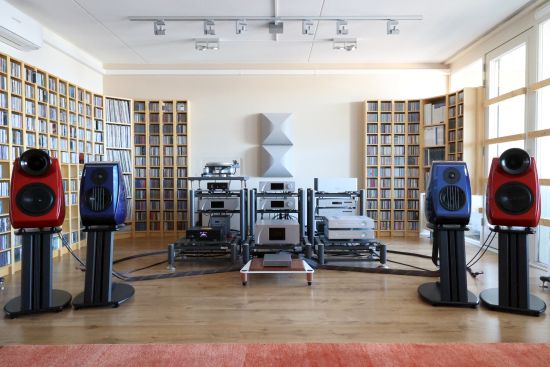
Running In
Both speakers were given generous use before being delivered to me, but it’s important to note that both proved to need more time than anticipated to arrive at their intended performance. For the running-in process, I set up all 4 speakers side by side, connected a second power amplifier, and looped the music to both to allow me to run both speakers at the same time. While not ideal in terms of linearity or imaging, this actually sounded well above adequate and this allowed me to carry on writing and tending to other business while both speakers were merrily accumulating hours.
As Luuk of Ohm Audio had also noted, the AM23 sounded a little off initially. But not in the way I would expect from a horn loudspeaker. Perhaps one might expect a loud midrange or maybe even a cupped-hands effect. I certainly hear this frequently with other horn speakers, but not with the AM23s. Rather the inverse! Right from the start, the red beauties sounded more refined, more transparent, and more expansive, as well as more intimate than the Aletheias, with beautifully airy and refined treble and no signs of further running in being required, except that their midrange was shut-in and lacked energy and expression. It sure wasn’t bad but it was much more polite than I would expect from a horn speaker. As I was already warned about this by Luuk I just gave it some time. And sure enough, after about a week of daily music playing, the AM23’s midrange caught up with the rest of the frequency spectrum, evening out the balance perfectly linearly. Remarkably, the midrange remained very well-behaved and never got even remotely edgy, let alone sharp, forward, or bitey, as some horn speakers can be.
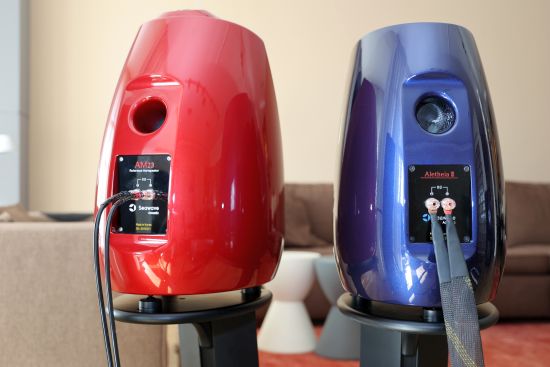
Like the AM23s, the smaller Aletheias also needed more time to settle in but here, the effect was the inverse. Dynamically, and in terms of midrange energy, the Aletheias actually performed very well right from the start. But I found that they sounded spatially restrained with the sound sticking to the enclosures rather than wavering out into the room while the treble was rough and sometimes edgy or even sharp and bitey. This in turn was something that you might expect from a horn speaker but not from a high-quality beryllium tweeter. In any case, perhaps this particular specimen just needs more time, so I just let it play on a daily base while tending to other business. But unlike its larger red siblings, the Aletheias’ presentation did not seem to evolve. When their character remained unchanged even after several weeks of playing, I was about to accept this was just how they sounded.
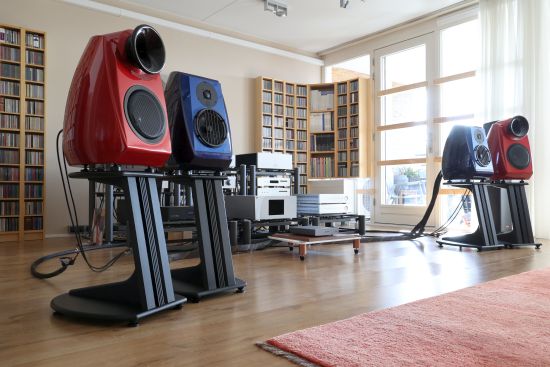
Then, after a handful more days of continued use while working on something else in the adjacent room, I suddenly realized that I had not heard any sharpness anymore for the entire afternoon. To double-check, I cued up some tracks that I knew sounded borderline aggressive before, and sure enough, apparently, the speakers had finally settled in. Along with the edge, the spatial restraint had all but dissipated, and to be honest, all in all, the speakers now reminded me a lot of the Magicos.
Next: Review Context
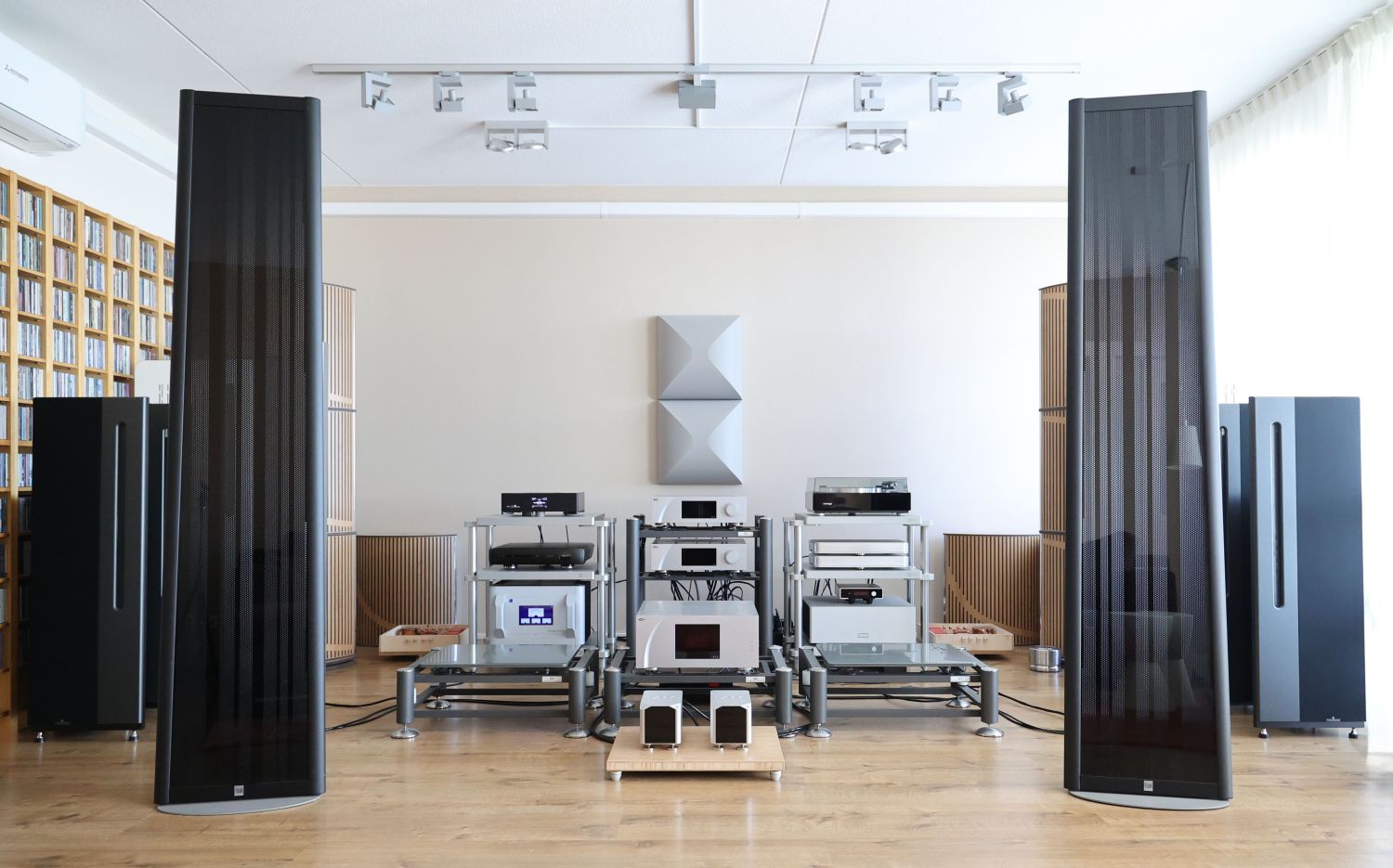
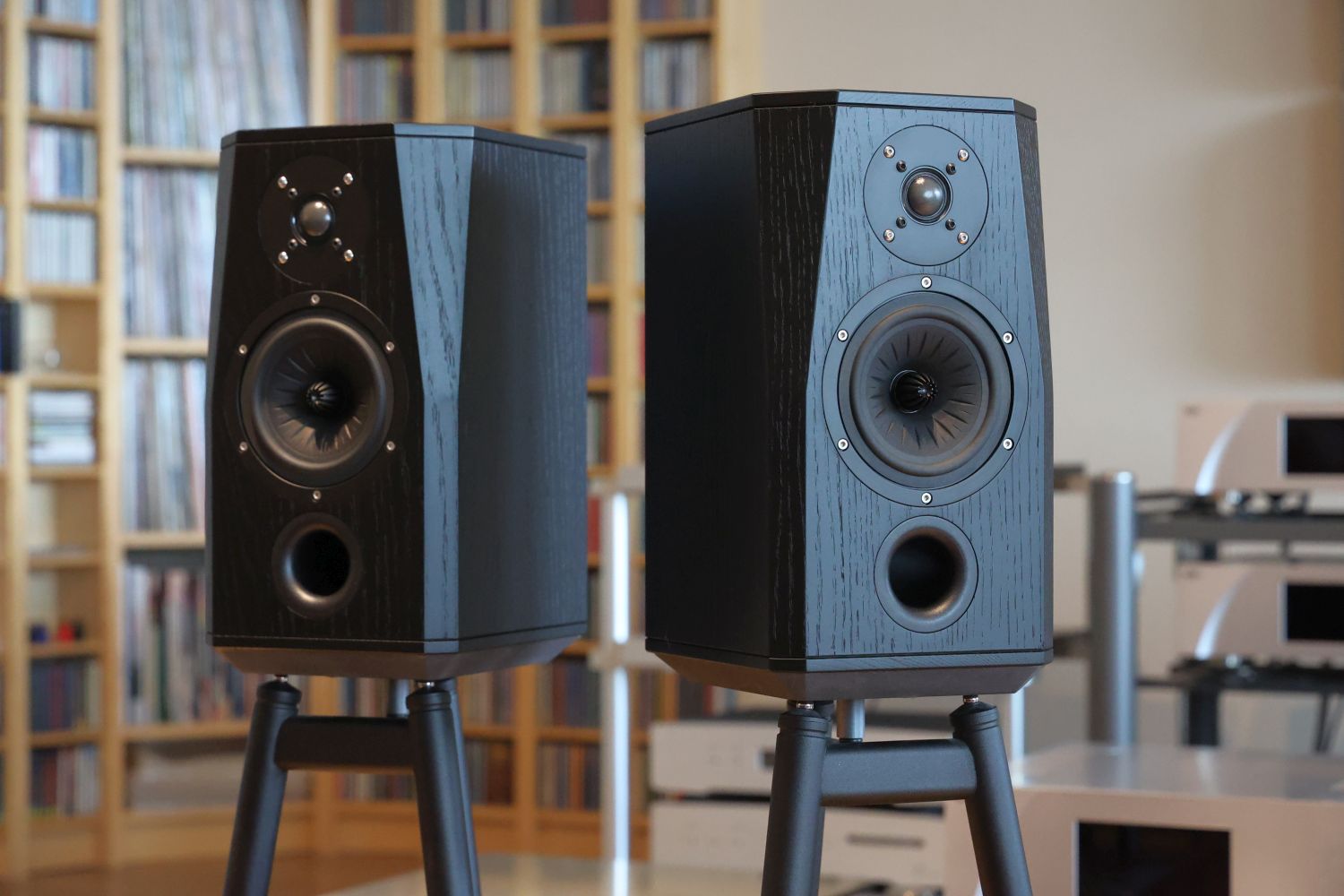
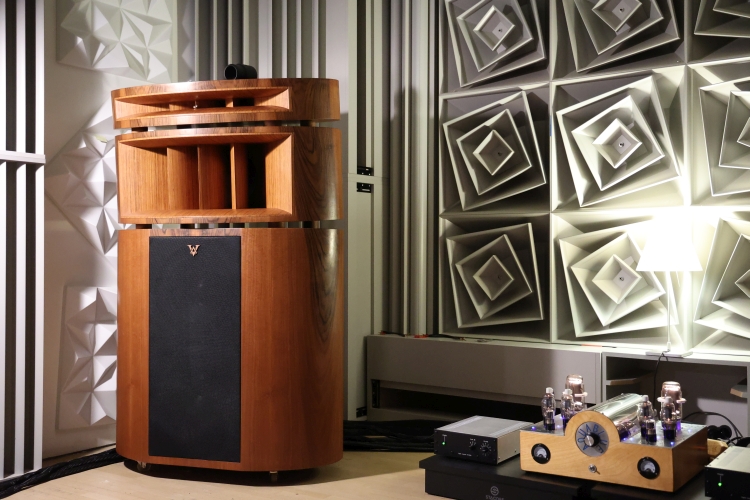
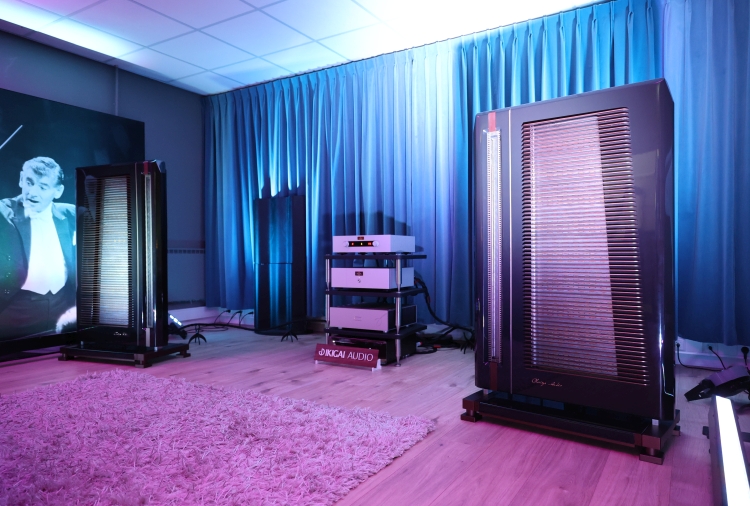
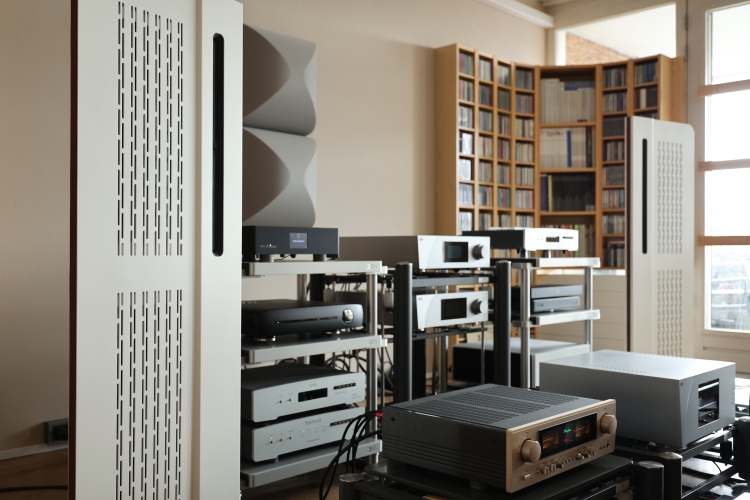
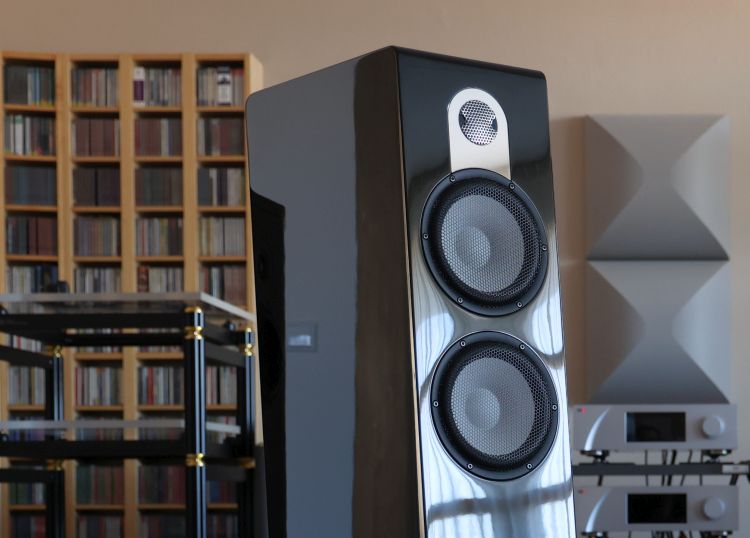
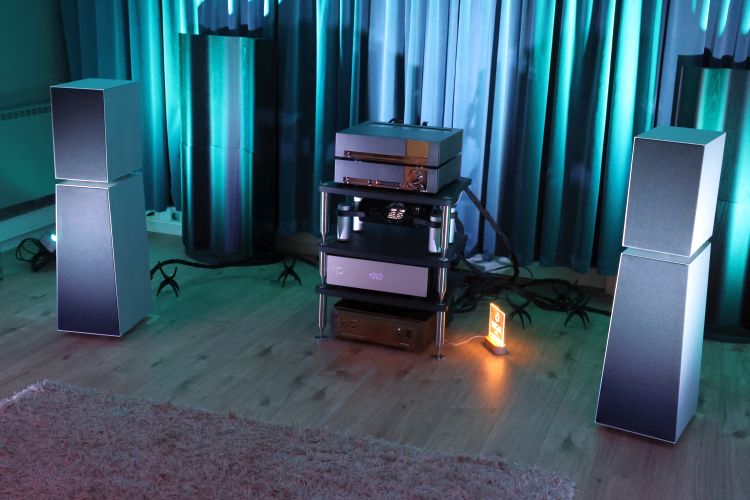
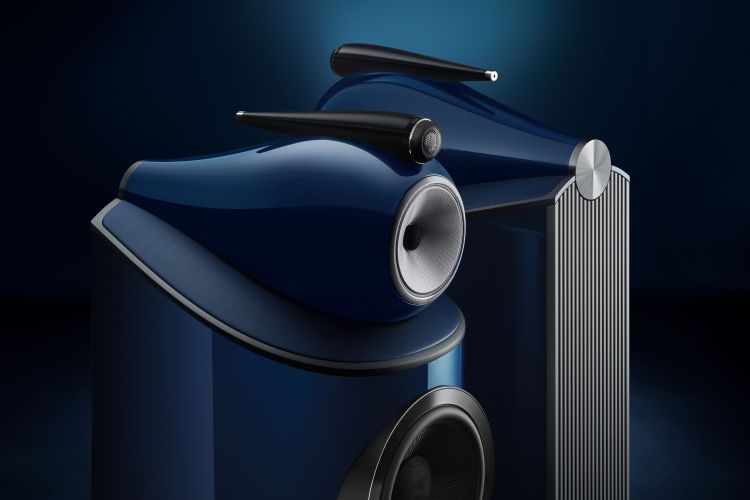
Sorry to disturb here… in this topic.
Just to inform you that the “contact page” does it NOT work.
Delete this post if… thank you again.
Thanks for the review. It would be great if you could actually write down the price of these speakers instead of „being cryptic“ and saying something about half the cost of the small Magico’s… I for example don’t know how much these Magico’s currently cost (IMO Magico’s are way overpriced for their sound quality anyway, but that’s another story). Thank you and sincerely
I was not intentionally being cryptic, just assumed people more or less know Magico prices, and sometimes I think it reads better to use descriptive or comparative words instead of raw numbers. In any case, the S1 MkII was 24.000 euros at introduction 7 or so years ago and it now costs 30.000 euros.
Thanks, Christian